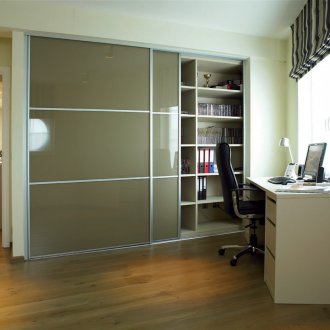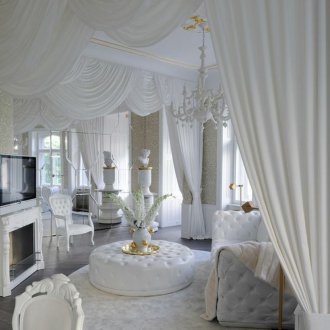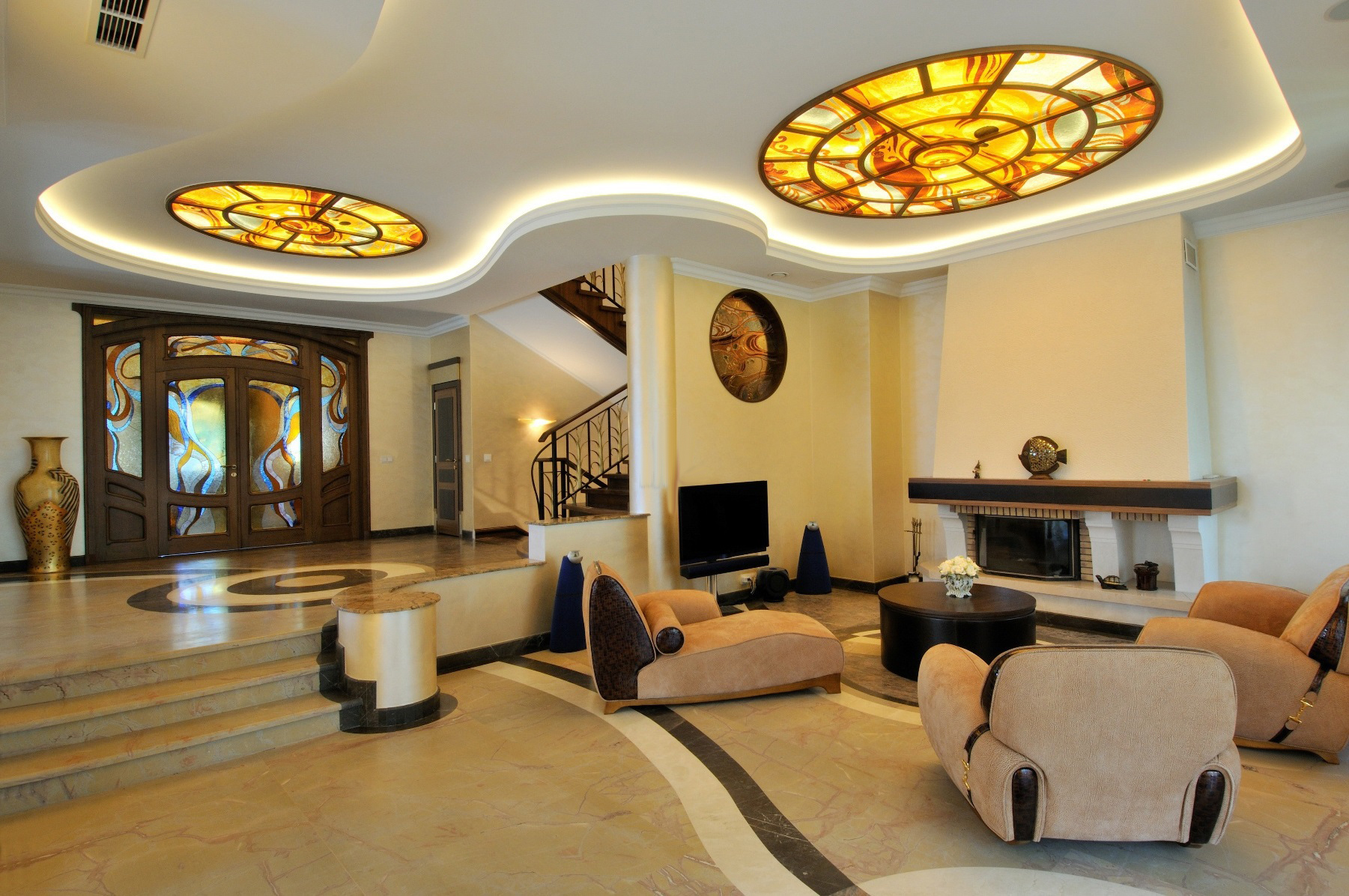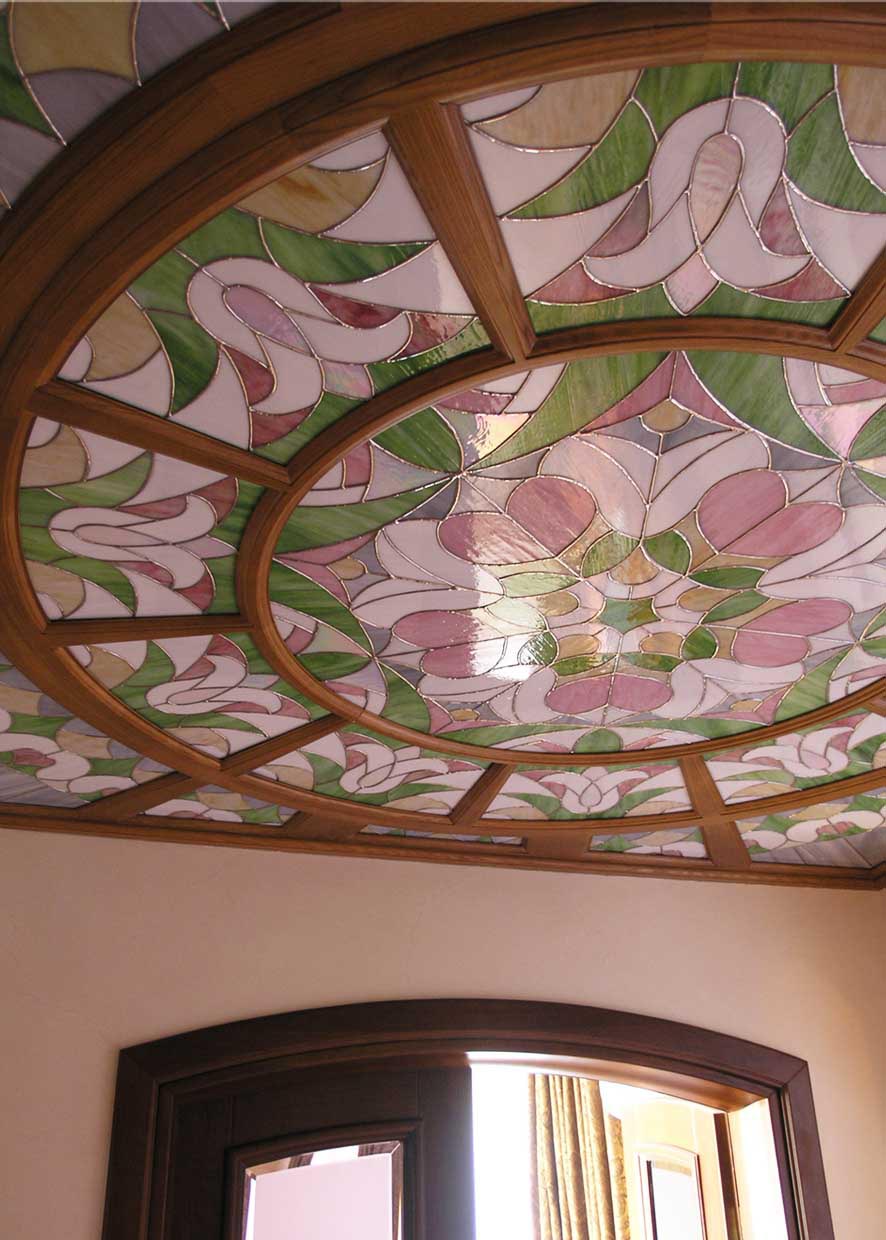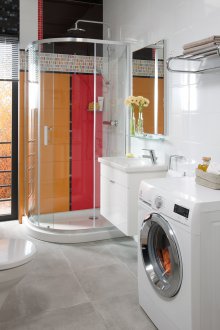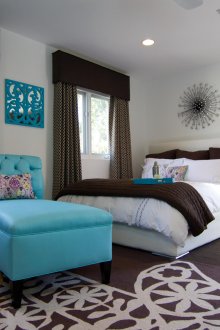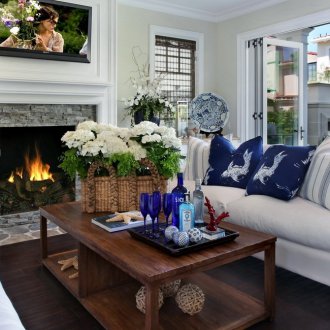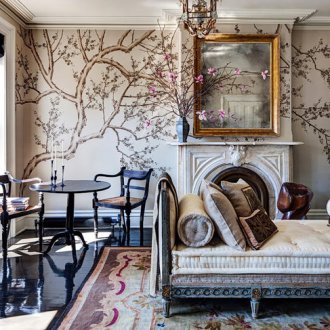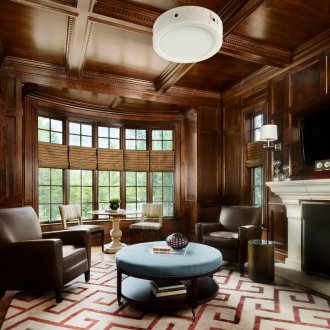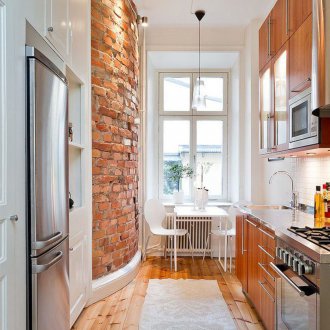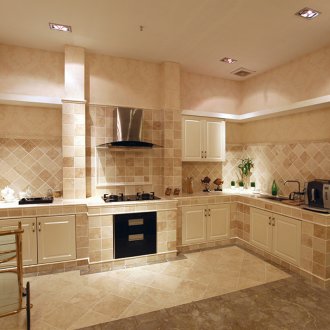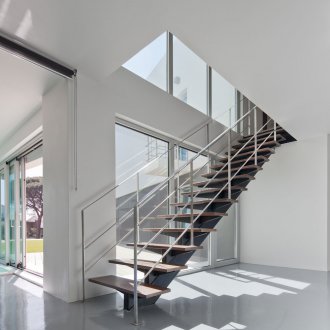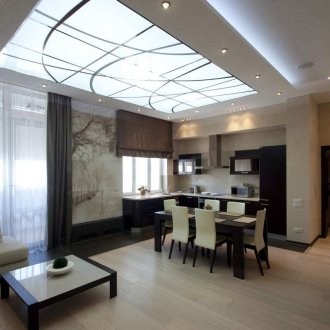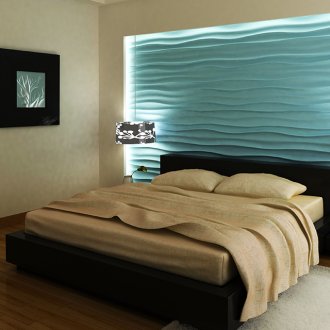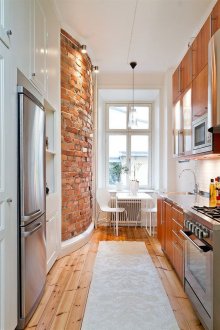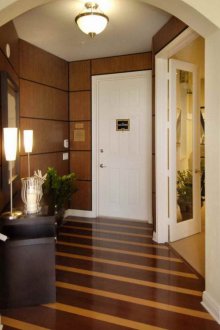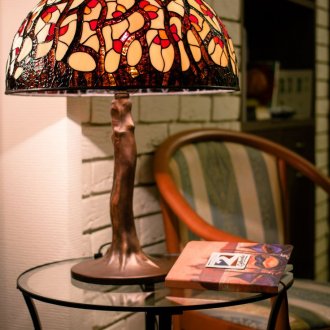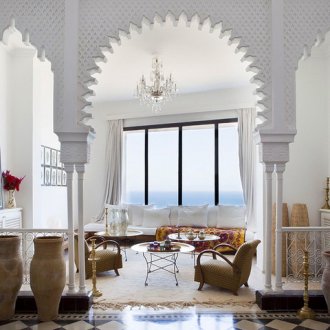Stained-glass ceilings: advantages, types of printing and installation (25 photos)
Content
Ceiling stained-glass windows - a solution that may seem somewhat exotic at first glance, but which, if properly installed, will look more than impressive. Stained glass ceilings are originality and luxury. Moreover, in addition to the obvious plus - aesthetics - they have other advantages:
- Manifold. Ceiling stained glass can be made in one of at least five techniques and depict virtually anything: a picture, an intricate ornament, an abstract combination of colors. A talented artist can create a real work of art that will be completely exclusive.
- Ease of care. Glass does not need frequent maintenance, cannot crumble like plaster, or sag over time, like a suspended ceiling. To make stained-glass ceilings look new and clean, it is quite simple to wipe them with a damp cloth from time to time.
- Resistance to external influences. If you do not throw up heavy objects, stained glass ceilings can last for many years. They are not afraid of temperature changes, they are resistant to mold and parasites. Moreover, glass is absolutely immune to high humidity, and the stained-glass ceiling in the bathroom will not look worse even in a decade.
- Easy to replace. If one section of the plastered ceiling crumbles, you will have to plaster everything again. But if one of the glass fragments of the stained-glass ceiling crack, it will be enough to remove it and replace it with another, similar one.
- Environmentally friendly materials. Glass is not able to harm the human body. It does not emit harmful compounds, does not grow moldy and, having served its term, can be recycled.
The combination of all the advantages makes stained glass ceilings a good solution. However, it is also important to choose the appropriate type of installation and manufacture.
Mounting Features
Installation of a stained-glass ceiling is a complex process and requiring skill. It can be performed in several different techniques.
- Outboard. False stained glass ceiling is performed on a metal frame, which is attached to the ceiling using special pendants. Usually only takes up part of the ceiling space.
- Stretch. In this case, the stained glass insert occupies only a part in the stretch ceiling. The principle, however, remains similar to the previous version: the stained-glass window is mounted in a metal frame, the frame is attached to the ceiling, special fasteners are made around its perimeter, on which the stretch ceiling film is stretched.
- Cassette They are made according to the principle of a cassette ceiling, in which finished tiles are inserted into the finished frame. It includes only rectangular inserts, mounted on the ceiling with spring suspensions.
- Shade In this case, the main ceiling remains flat, but niches or bulges are made in it, which allows you to create a very peculiar pattern.
As a rule, the installation of a stained-glass window in an apartment requires a certain ceiling height. Too low a ceiling will become even lower and make the room as a result uncomfortable and oppressive.
Manufacturing Features
Ready-made stained glass ceilings are found in two versions:
- Film.Such a stained glass ceiling in the bathroom can not be put - in it the glass is only covered with a special film depicting the picture. This is the cheapest option, but also the most unstable: it is sensitive to moisture, and after some time the film begins to slide.
- Prefabricated. This is a much more expensive and much more durable option. In it, the stained-glass window is assembled from specially honed glass elements.
There is a difference in how tiles will be made. There are different methods.
Tiffany
The oldest and most reliable production option, which made most of the old stained-glass windows decorating palaces and temples. Using this technique, you can create a very colorful stained glass window, each element of which will be perfect for your place:
- the artist draws a picture or pattern, according to which a stained-glass window will be made;
- the picture is divided into separate elements;
- suitable elements are grinded out of glass using a grinding machine;
- each stained-glass window element is wrapped in metal foil along the edge;
- Using a soldering iron and other tools, the foil is soldered together.
Fusing
One of the newest and futuristic approaches. Allows you to make a multi-level stained-glass window, especially suitable for abstract paintings:
- the artist prepares a sketch according to which the stained-glass window will be executed;
- on a special glass canvas, the artist has turned glass elements and sends everything together to the oven;
- in the furnace, the elements are fused into the canvas and into each other, forming a drawing similar to a watercolor drawing.
Classic
Also an old and familiar way of processing stained glass. It does not allow special difficulties, only flat, strict paintings and geometric patterns:
- the artist makes a sketch for a stained-glass window;
- the master makes a sketch of a frame made of light aluminum;
- the master grinds glass elements with a grinder - each of them is ideally suited to its place;
- the wizard inserts elements into the wireframe.
Imitations
Simple, cheap, but short-lived, which actually have little in common with a real stained glass window:
- photo printing - in this case, a film with a pattern is glued over glass tiles, which can easily peel off over time;
- pouring - in this case, on a continuous glass sheet with a special varnish, contours are performed, which are then filled with varnish;
- painting - in this case, a drawing is performed on a solid glass canvas with special paint - the technique is no different from drawing with ordinary gouache.
Sand
In this case, each tile is made separately, processed by a tight stream of sand directed by hot air. The result is very embossed elements that can be very beautiful.
In addition, nothing prevents the talented craftsman from making a stained glass ceiling, which will be located in the corridor or in the bathroom, and will be made using different techniques. For example, make a frame ceiling with inserts from sand-treated tiles.
Lighting role
No less than the manufacturing and installation methods, the fixtures with which the ceiling will be highlighted are important. The general impression that he will produce depends on their location.
In the center
One large lamp in the center is good if you need to highlight a specific part of the stained glass window - in this case only the middle will be bright, the rest will be slightly lost in the dusk, which can be an interesting solution.
Around the edges
No less interesting option, in which the lamps are located on the sides of the stained-glass window, because of which the center will appear shaded and gloomy.
All over the ceiling
This option is good if the stained-glass ceiling with backlight is made of frosted glass, which dims the light of the fixtures and makes it uniform and pleasant. The solution is well suited for ceilings with patterns and abstract drawings, in which there is no need to highlight anything.
Within the meaning of
This solution is good when the stained-glass ceiling with illumination has a clear semantic content and certain parts of it should glow. For example, the lamp will be correctly positioned just opposite the sun depicted in the stained glass window.
Stained glass ceiling can be an excellent solution if there is a suitable idea and a master who can bring it to life. The result of this approach will be much more impressive than the result of buying a simple, standard, shelf stained-glass window with a geometric pattern that does not differ in originality.
